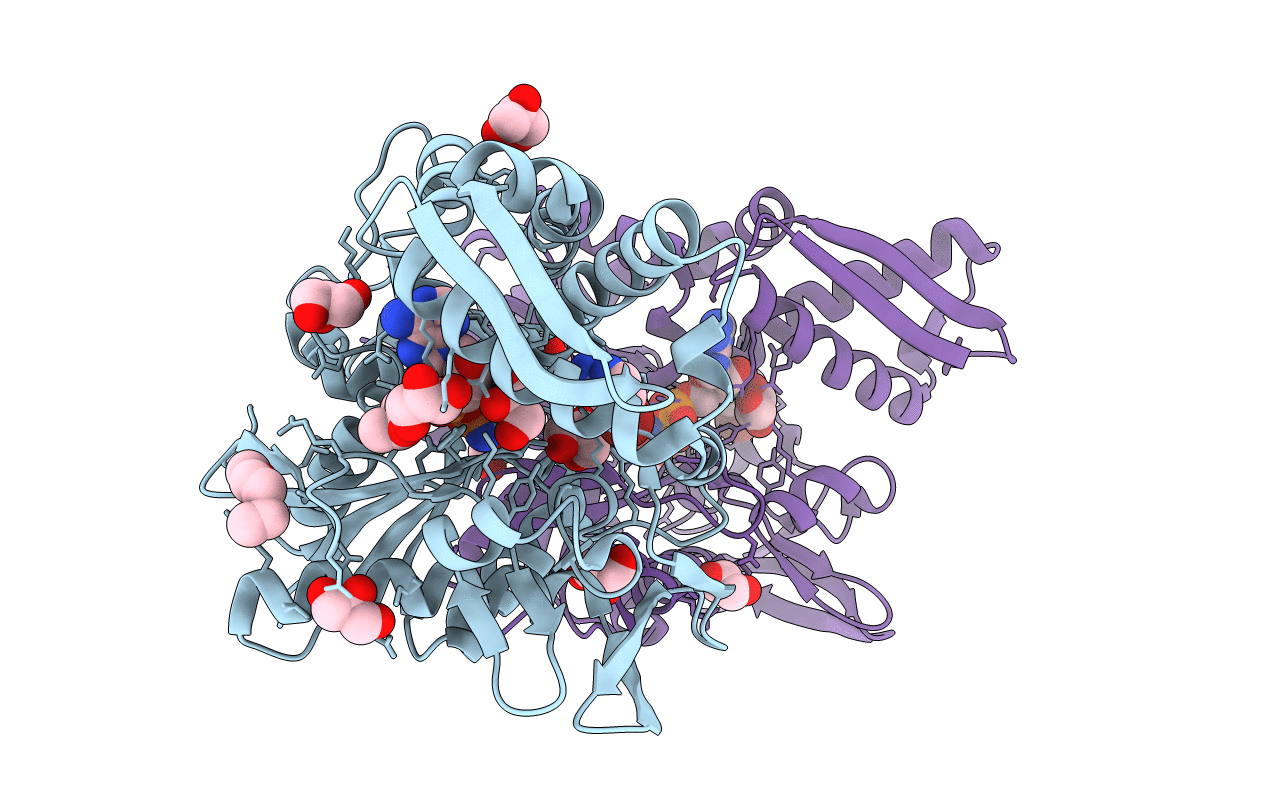
Deposition Date
2021-05-27
Release Date
2021-06-02
Last Version Date
2024-09-25
Entry Detail
PDB ID:
7OOG
Keywords:
Title:
Plasmodium falciparum Hsp70-x chaperone nucleotide binding domain in complex with NCL-00023823
Biological Source:
Source Organism:
Plasmodium falciparum (isolate 3D7) (Taxon ID: 36329)
Host Organism:
Method Details:
Experimental Method:
Resolution:
2.42 Å
R-Value Free:
0.23
R-Value Work:
0.20
R-Value Observed:
0.20
Space Group:
P 21 21 21


